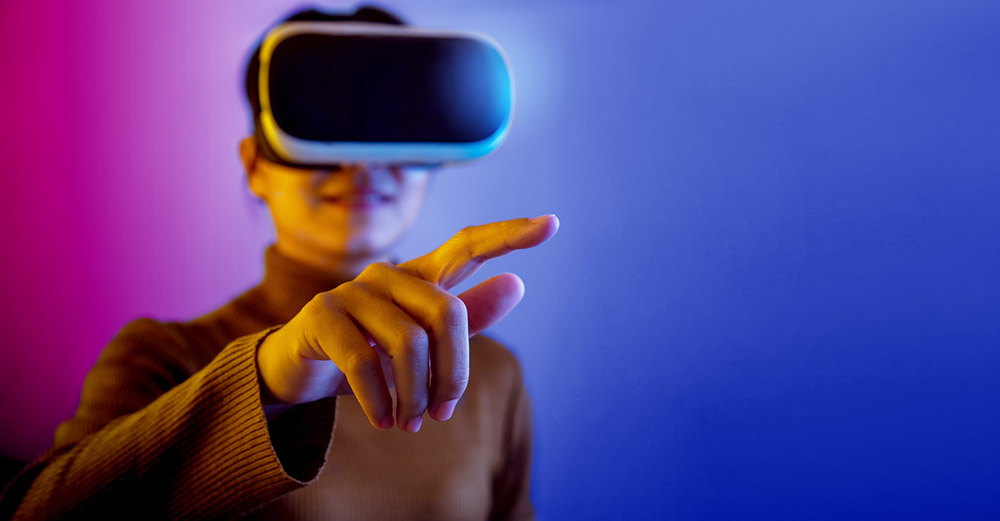The metaverse economy could be an $8-13 trillion total addressable market by 2030 with a wide array of use cases across sectors, according to a 2020 report by Citibank. Most of the applications of metaverse experiences have been largely oriented around leisure, such as virtual parties or concerts, but several leading academic institutions have been experimenting too, including Arizona State University’s Dreamscape Immersive and University of Nicosia’s Open Metaverse Initiative.
But experts and institutions vary in their definition of the metaverse. “The metaverse is the next evolution in social connection and the successor to the mobile internet,” marked by the ability to move “seamlessly” between spaces, according to Meta. Apple, in contrast, views the metaverse as an extension of physical reality using augmented and virtual reality (AR/VR) products.
Continue reading the entire piece here at Forbes.com
______________________
Christos A. Makridis is an adjunct scholar at the Manhattan Institute. He is also a research professor at Arizona State University and the chief technology officer and head of research of Living Opera, an arts and education technology startup.
This piece originally appeared in Forbes.com
